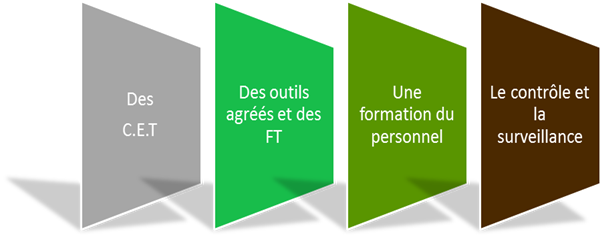Live Working
Live Working
(LW) is a technical procedure carried out :
on low and medium voltages, to optimise the operation of electrical power distribution grids, during power cuts for customers and during certain safety and maintenance procedures ;
on high and very high voltages, to improve the safety, security and continuation of the power supply.
Moreover, increasingly dense grids make the safety lockouts, necessary for de-energised working, complex and create risks.
Live Working is carried out on the following :
overhead lines (all voltage ranges),
low voltage underground networks and interior systems,
HV substations.
Live Working employs various methods (hand-stick, bare-hand, insulating glove) or equipment (lifting platforms, helicopter-based work, etc.).
This type of working is currently done by about 30,000 people in LV (voltage below 1,000 V), 1,000 people in MV (1 kV to 50 kV) and 300 people in HV (voltages above 50 kV).
It is done by employees of distribution system operators (national or local) or staff of various service contractors (at low voltage).
Requirements
Maintaining safety for operators is based on the following 4 fundamental rules:

The requirements for LW are defined in standard NF C18-510, particularly section 8. This standard is supplemented by a set of electrical safety instructions UTE C18-510-1, applicable to grids, pursuant to a French decree dated 19 June 2014 amending the decree dated 17 January 1989.
These requirements are supplemented by Working Conditions [WC] that define general rules to be followed and Technical Data Sheets [TDS] that define the characteristics and operating conditions for LW tools.
The collected WC and TDS are authorised by the Live Working Committee, after regulations are drafted by each examining committee, which rely on SERECT's expertise.
Training specifications are also authorised by the LW Committee.
By delegation from the Ministries responsible for Industry and Labour, the regulations issued by the LW Committee are applied to everyone involved in LW in France.
See The principles of LW and working techniques.
